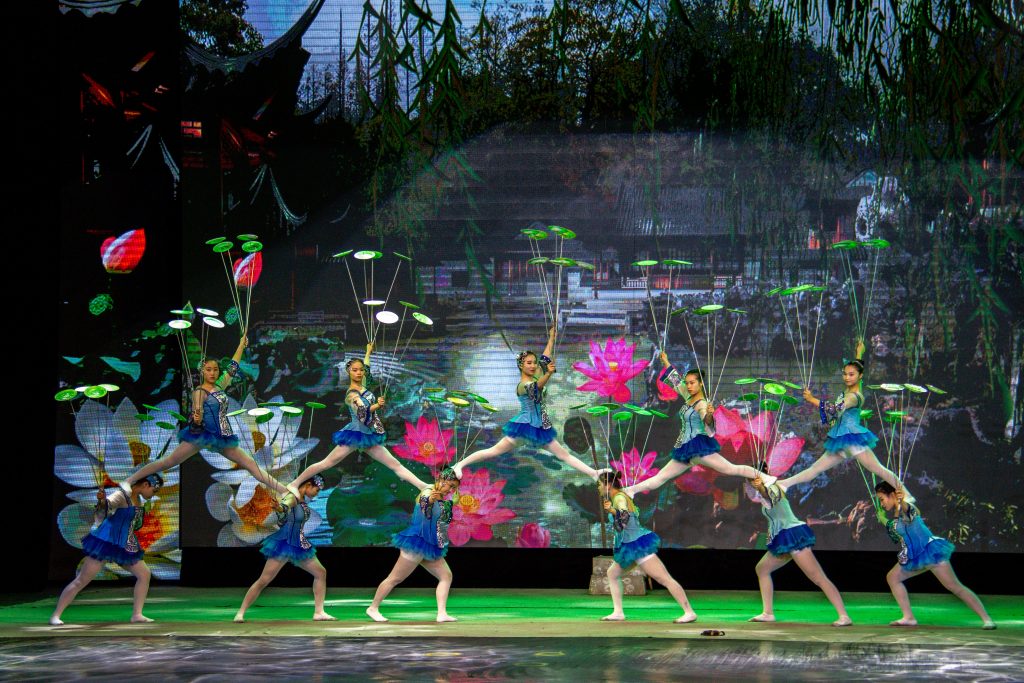
GUEST POST from Janet Sernack
In our second blog in this series of three, we opened the door to a threshold for a new kind of co-creative, collaborative and cohesive team spirit that catalyzes change through “innovation evangelism”. Focusing on building both internal and external talent, through empowering, equipping, and enabling internally cohesive and effective innovation teams. They apply their collaborative and collective intelligence towards initiating open innovation initiatives co-creating future-fit organizations that are human-centric, adaptive, engaging, inclusive, collaborative, innovative, accountable, and digitally enabled.
Innovation evangelists are change catalysts who courageously experiment with different business models and processes, to crowdsource broad and deep innovation capabilities. Usually in new ways that breakthrough corporate antibodies and barriers and deliver sustainable, meaningful, and purposeful change. Where, according to the recent Ideascale “Crowd Sourced Innovation Report 2021” “crowdsourced innovation capabilities have grown and innovation output indicators like implementation rate and time to implement have improved. In fact, businesses that were able to rapidly adapt and focus on innovation(in 2020) are poised to outperform their peers in the coming years”.
Innovation teams don’t innovate
The purpose of an innovation team is to create a safe environment that unlocks organizational and its key external stakeholder’s collective intelligence and innovation agility (capacity, competence, and confidence) to build the capability to change as fast as change itself.
Where the goal is to create a high performing, connected, and networked workplace culture where people:
- Understand and practice the common language of innovation, what exactly it means in their organizational context, as well as exactly what value means to current and potential customers as well as to the organization,
- Develop a shared narrative or story about why innovation is crucial towards initiating and sustaining future success,
- Have the time and space to deeply connect, collaborate, and co-create value, internally and externally with customers, suppliers, and other primary connection points to build external talent communities and value-adding ecosystems,
- Maximize differences and diversity of thought within customers as well as within communities and ecosystems,
- Generate urgency and creative energy to innovate faster than competitors,
- Feel safe and have permission to freely share ideas, wisdom, knowledge, information, resources, and perspectives, with customers as well as across communities and ecosystems.
How innovation teams learn and develop
Sustaining success in today’s uncertain, unstable, and highly competitive business environment is becoming increasingly dependent on people’s and team’s abilities to deeply learn, adapt and grow. Yet most people and a large number of organizations don’t yet seem to value learning and adaptiveness as performance improvement enablers, especially in enabling people and teams to thrive in a disruptive world. Nor do they understand how people learn, nor how to strategically develop peoples’ learning agility towards potentially co-creating future-fit organizations that sustain high-impact in VUCA times.
At ImagineNation™ we have integrated the four E’s of learning at work; Education, Experience, Environment, and Exposure with 12 key determining factors for co-creating future-fit organizations that sustain high-impact in VUCA times through our innovation team development, change, learning, and coaching programs.
Case Study Example
- Educational customisation and alignment
After conducting desktop research and key stakeholder sensing interviews, we customized our innovation education curriculum specifically to align with the learning needs of the innovation team.
We aligned the program design to the organization’s strategic imperatives, values, and leadership behaviors, we reviewed the results of the previous culture, climate and engagement surveys, as well as the range of business transformation initiatives. We then applied design thinking principles to “bring to life” the trends emerging, diverging, and converging in our client’s and their customer’s industry sectors.
Focusing on:
- enabling people to perform well in their current roles,
- building people’s long-term career success,
- developing their long-term team leadership and membership development capabilities,
- laying the foundations for impacting collectively towards co-creating future-fit organizations.
- Experiential learning a virtual and remote environment
We designed and offered a diverse and engaging set of high-value learning and development experiences that included a range of stretch and breakthrough assignments as part of their personal and team development process.
Focusing on:
- encouraging people to engage in a set of daily reflective practices,
- offering a series of customized agile macro learning blended learning options, that could be viewed or consumed over short periods of time,
- engaging playful activities and skills practice sessions, with structured feedback and debrief discussions,
- providing an aligned leadership growth individual and team assessment process,
- introducing key criteria for establishing effective team cohesion and collaboration,
- linking team action learning activities and evidence-based assignments to their strategic mandate ensuring their collective contribution towards co-creating future-fit organizations.
- Environment to support and encourage deep learning
We aimed at creating permission, tolerance, and a safe learning environment for people to pause, retreat, reflect, and respond authentically and effectively, to ultimately engage and upskill people in new ways of being, thinking, and acting towards co-creating future-fit organizations.
Focusing on:
- developing peoples discomfort resilience and change readiness,
- encouraging people to be empathic, courageous, and compassionate with one another, to customers as well as to those they were seeking to persuade and influence,
- allowing and expecting mistakes to be made and valued as learning opportunities and encouraging smart risk-taking,
- reinforcing individual learning as personal responsibility and team learning as a mutual responsibility and establishing a learning buddy system to support accountability,
- offering a series of one-on-one individual coaching sessions to set individual goals and support people and the teams’ “on the job” applications.
- Exposure to different and diverse learning modalities
We designed a range of immersive microlearning bots by providing regular, consistent, linked, multimedia learning options and a constantly changing range of different and diverse learning modalities.
Focusing on:
- providing an informative and targeted reading list and set of website links,
- setting a series of coordinated thought leading webinars, videos, podcasts, and magazine articles aligned to deliver the desired learning outcomes,
- outlining fortnightly targeted team application and reinforcement tasks,
- helping the team to collaborate and set and communicate their passionate purpose, story, and key outputs to the organization to build their credibility and self-efficacy,
- designing bespoke culture change initiatives that the innovation team could catalyse across the organization to shift mindsets and behaviors to make innovation a habit for everyone, every day.
Collectively contributing to the good of the whole
Co-creating future-fit organizations require creativity, compassion, and courage to co-create the space and freedom to discuss mistakes, ask questions, and experiment with new ideas. To catalyse change and help shift the workplace culture as well as crowdsource possibilities through open innovation.
In ways, that are truly collaborative, and energize, catalyze, harness, and mobilize people’s and customers’ collective genius, in ways that are appreciated and cherished by all. To ultimately collectively co-create a future-fit organization that contributes to an improved future, for customers, stakeholders, leaders, teams, organizations as well as for the good of the whole.
This is the final blog in a series of three about catalyzing change through innovation teams, why innovation teams are important in catalyzing culture change, and what an innovation team does, and how they collectively contribute toward co-creating the future-fit organization.
Find out about our learning products and tools, including The Coach for Innovators Certified Program, a collaborative, intimate, and deep personalized innovation coaching and learning program, supported by a global group of peers over 8-weeks, starting Tuesday, October 19, 2021.
It is a blended and transformational change and learning program that will give you a deep understanding of the language, principles, and applications of a human-centred approach and emergent structure (Theory U) to innovation, within your unique context. Find out more
![]() Sign up here to get Human-Centered Change & Innovation Weekly delivered to your inbox every week.
Sign up here to get Human-Centered Change & Innovation Weekly delivered to your inbox every week.

